14 Simple Tips for Baking Soft and Moist Cakes
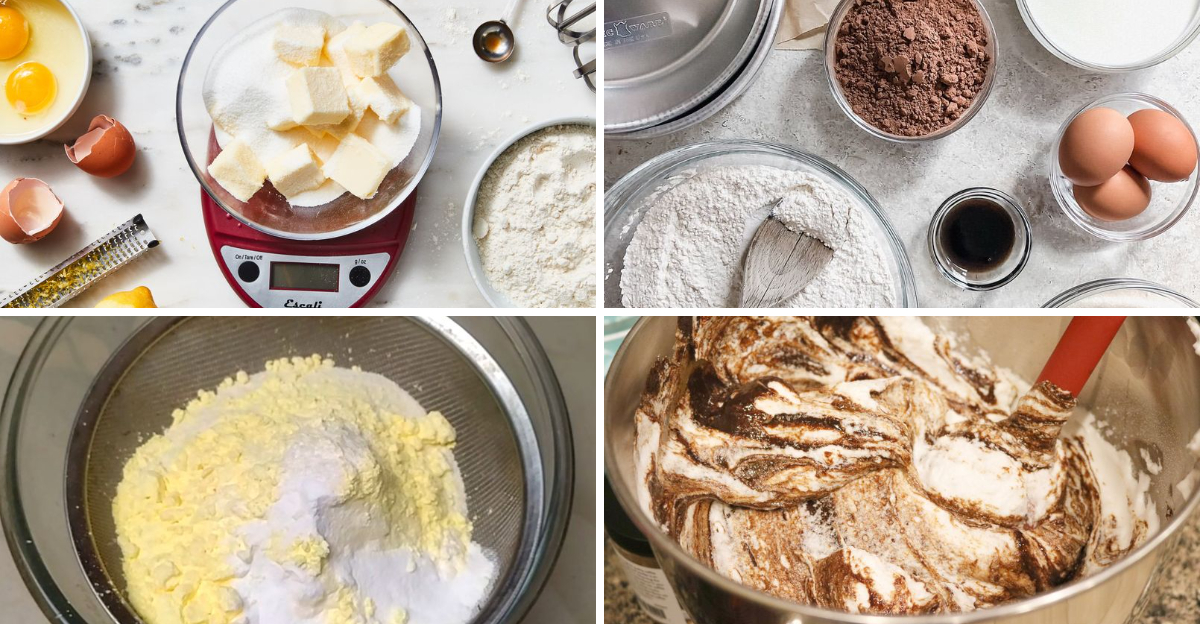
Baking soft and moist cakes involves a blend of tradition and cakes. From classic methods to inventive tricks, these 14 tips will guide you to achieve delightful results. Whether you’re experimenting or sticking to known techniques, each approach enhance the texture and flavor of your cakes. Let’s explore some unexpected yet effective ideas that can transform your baking experience into a joyous journey full of delicious discoveries.
1. Room Temperature Ingredients
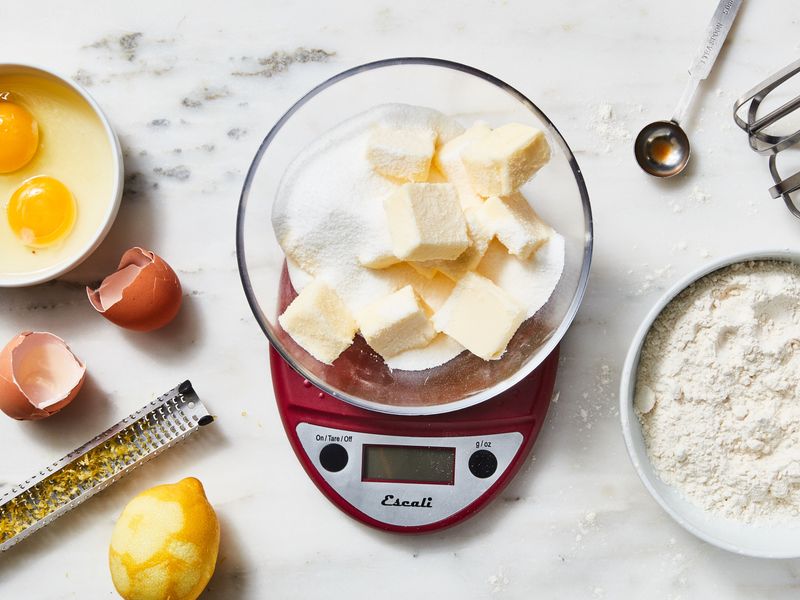
Using ingredients at room temperature is crucial for achieving a soft cake texture. When eggs, butter, and milk are at the same temperature, they mix more evenly, resulting in a uniform batter. Cold ingredients can cause batter to curdle, leading to a dense cake. Ensure that butter is soft but not melted, and eggs are slightly warm to the touch. You can place eggs in a bowl of warm water for a few minutes if needed. This simple adjustment in preparation can make a noticeable difference in your baking. It’s a time-tested technique that remains relevant in modern kitchens, bridging tradition and convenience.
2. Oil Instead of Butter
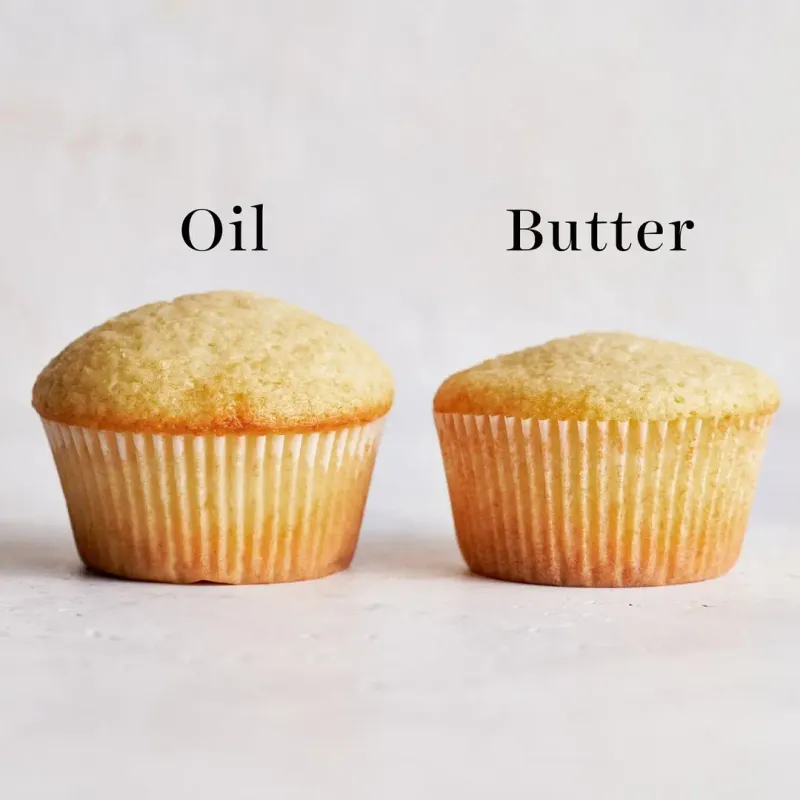
Substituting oil for butter can lead to a moist cake. While butter adds flavor, oil stays liquid at room temperature, making a softer crumb. Vegetable or olive oil can be used, depending on the cake flavor. It’s a favored choice for carrot cakes or chocolate cakes where the robust taste complements the ingredients. Try using a blend of oil and butter if you want both moisture and flavor. This simple swap can be an effective way to experiment with texture without losing taste. Many bakers appreciate this method for its consistent results and ease of use, making it a versatile option.
3. Use Cake Flour
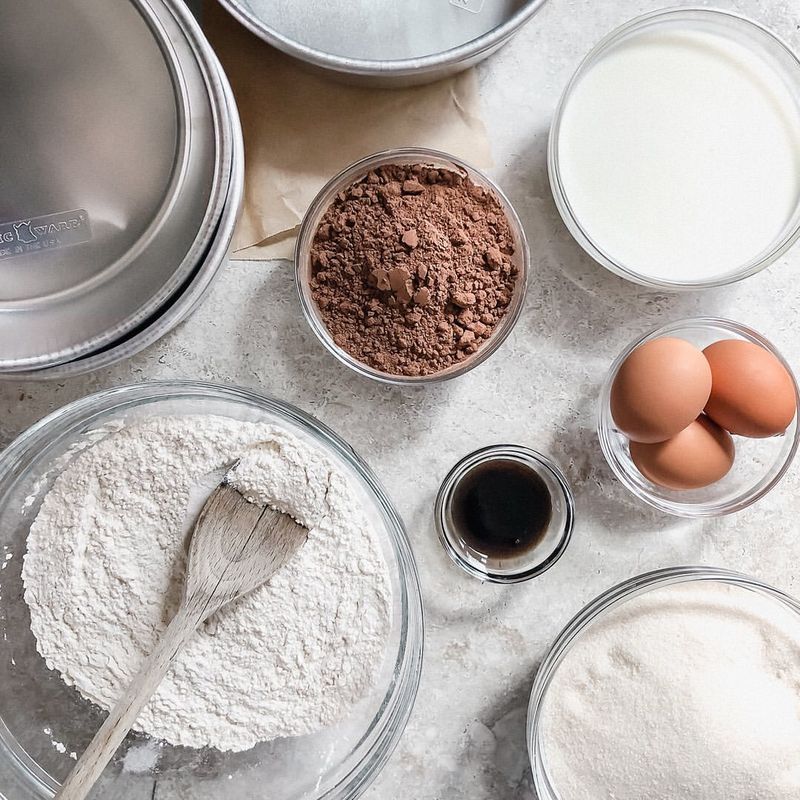
Cake flour’s low protein content contributes to a tender cake. Unlike all-purpose flour, cake flour has less gluten, which makes the cake light and soft. If cake flour isn’t available, you can make a substitute by mixing all-purpose flour with cornstarch. This combination can mimic the texture of cake flour and is a handy trick for last-minute baking. Proper measuring is essential; use a spoon to fill the measuring cup and level it with a knife. This attention to detail ensures that you avoid dense cakes. Embracing cake flour can enhance your baking, delivering delightful softness.
4. Less Mixing, More Folding
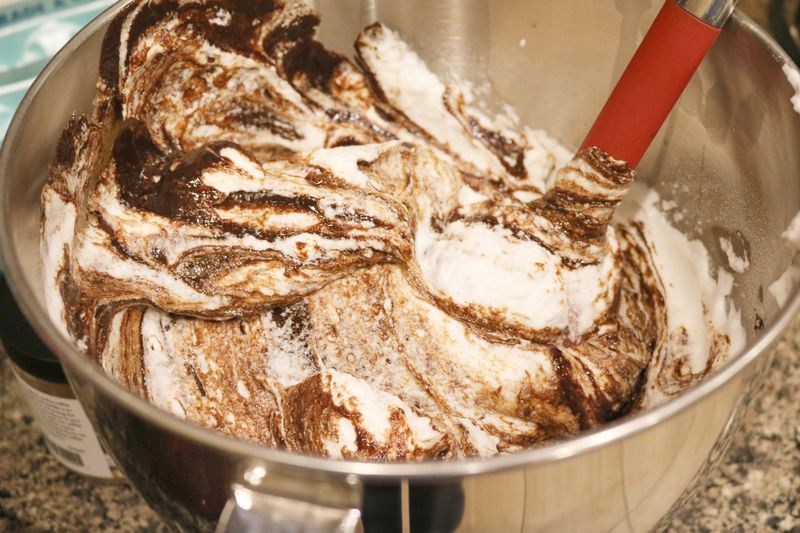
Over-mixing can lead to tough cakes, so gentle folding is recommended. Mixing develops gluten, which is suitable for bread but not for soft cakes. Use a spatula to fold ingredients together, allowing for a tender crumb. Incorporate dry ingredients into wet ones slowly, turning the bowl to ensure uniform mixing. This technique minimizes gluten development and retains air bubbles in the batter, essential for a soft texture. Practicing this method can enhance your baking skills, making your cakes soft and enjoyable. It’s an art that requires patience but pays off with deliciously moist results.
5. Buttermilk’s for Cakes
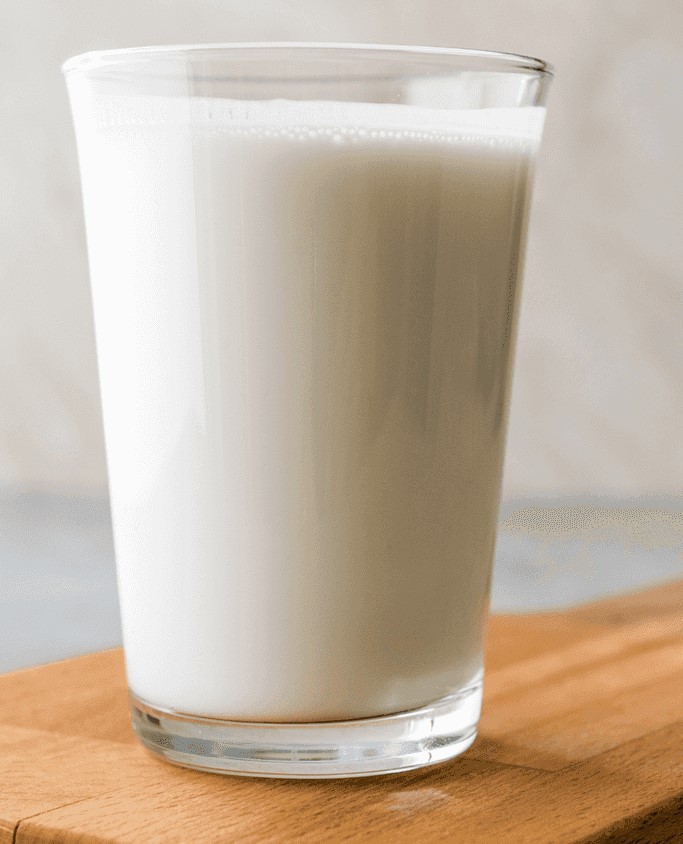
Buttermilk adds both flavor and moisture to cakes. Its acidity tenderizes gluten, resulting in a soft texture. If you don’t have buttermilk, add a tablespoon of lemon juice to milk as a substitute. This trick can save you a trip to the store and still deliver the desired tenderness. Buttermilk’s tang complements cake falvours with chocolate. It’s a versatile ingredient that can transform your cakes into moist delights. Using buttermilk is a traditional method that continues to prove its effectiveness in making soft and flavorful cakes.
6. Baking Soda and Baking Powder Balance
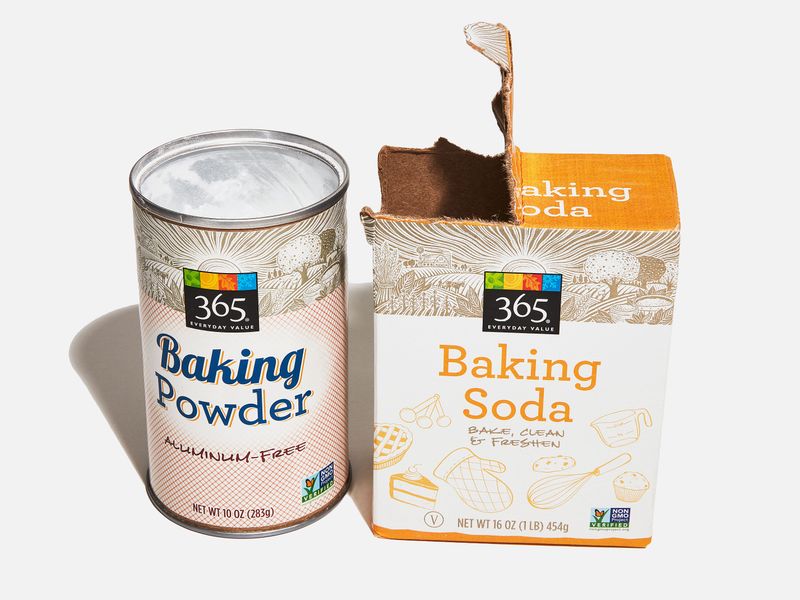
Finding the right balance between baking soda and baking powder is essential for cake rise and texture. Each reacts differently with ingredients, and their proportions affect the cake’s softness. Baking soda needs an acidic ingredient to activate, like buttermilk or lemon juice, whereas baking powder contains its own acid. Use recipes that specify exact measurements, or experiment by adjusting ratios slightly for your desired result. This careful balancing can make your cakes rise beautifully, adding to their soft texture. Understanding these chemical reactions can enhance your baking confidence and lead to consistently soft results.
7. Steamed Cakes
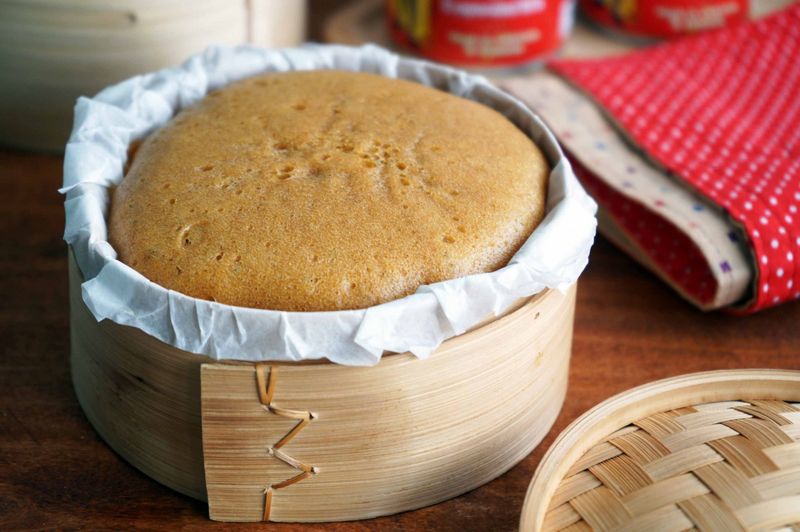
Steaming is an unconventional method that results in incredibly moist cakes. Unlike traditional baking, steaming prevents the cake from drying out, making it an intriguing alternative for adventurous bakers. This method is popular in Asian cuisines, where steamed cakes are often light and fluffy. You can use a bamboo steamer or a metal one, placing the cake batter in small molds. Experimenting with steaming can open new possibilities for cake textures, offering a delicate softness that’s hard to achieve with baking alone. It’s approach that adds variety to your baking repertoire.
8. Measure Ingredients Accurately
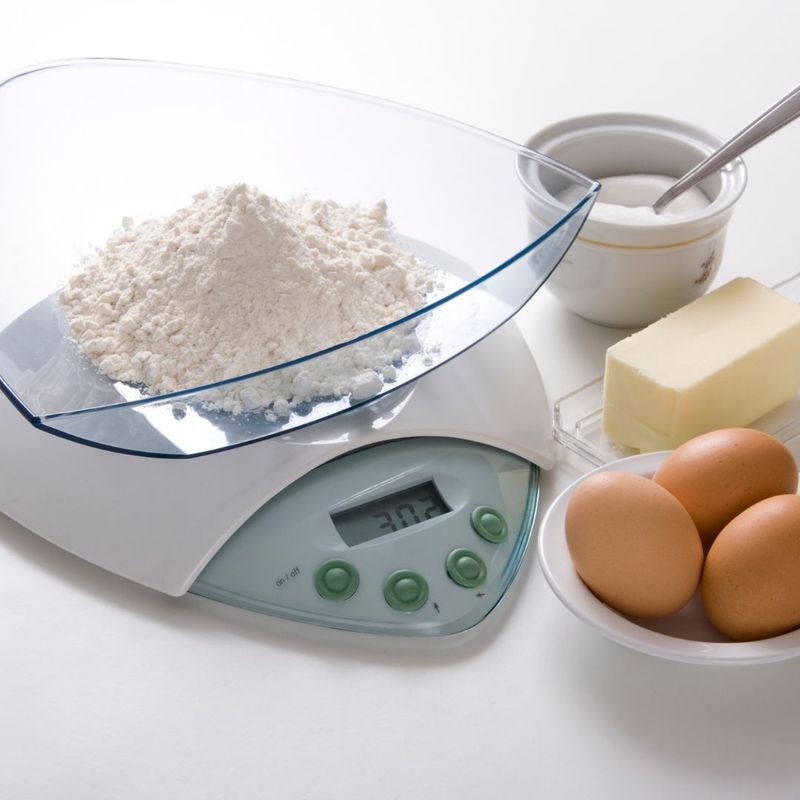
Accuracy in measuring ingredients is important for good baking results. Too much flour can make a cake dry, while too little sugar can affect its flavor. Using a digital scale helps ensure the right balance of ingredients for better texture. Measuring liquids correctly also plays a role in achieving the right consistency. A well-measured cake is more likely to turn out soft and moist, with a light and even crumb. Small adjustments like these can make baking more enjoyable.
9. Yogurt’s Creamy Addition
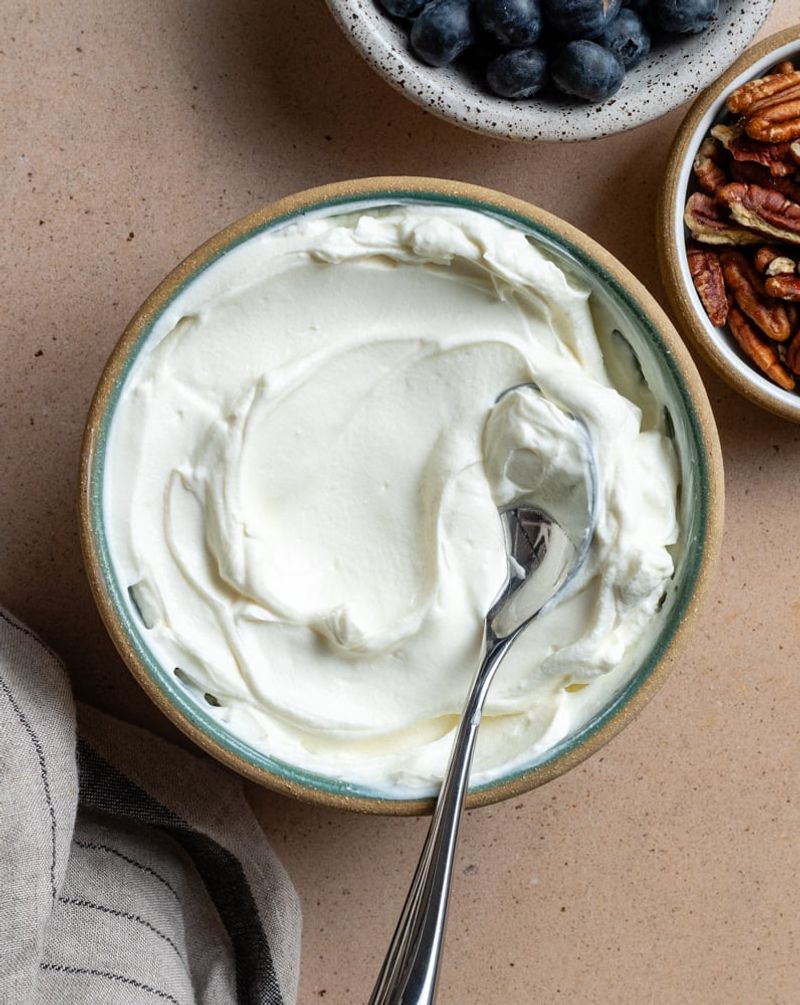
Adding yogurt to cake batter enhances moisture and tenderness. Its creamy texture blends well with other ingredients, making the cake soft without being heavy. You can use plain or Greek yogurt, depending on the flavor profile you’re aiming for. A few spoonfuls can make a significant difference, especially in fruit-based cakes. Yogurt also adds a subtle tang that can enhance the overall flavor. It’s an ingredient that’s both nutritious and effective, aligning with modern baking trends while maintaining traditional softness. Try incorporating yogurt for a delightful twist on your favorite recipes.
10. Honey’s Sweet Moisture
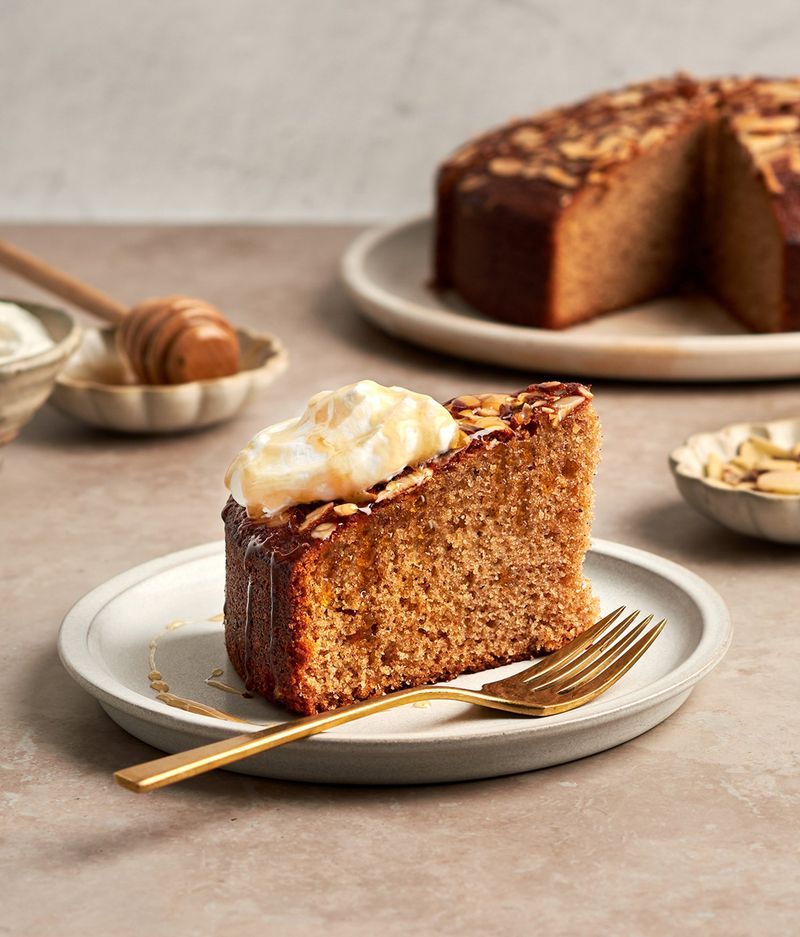
Honey not only sweetens but moisturizes cakes. Its natural sugars retain moisture, keeping the cake soft even after several days. Be mindful of its strong flavor; a little goes a long way. Substitute part of the sugar in your recipe with honey for a moist and slightly dense texture. The rich flavor of honey pairs well with spices or nutty cakes. It’s a natural ingredient that adds depth and moisture, enhancing the cake’s overall appeal. Experiment with different honey varieties to find the perfect match for your cake’s flavor profile.
11. Use Fresh Baking Ingredients
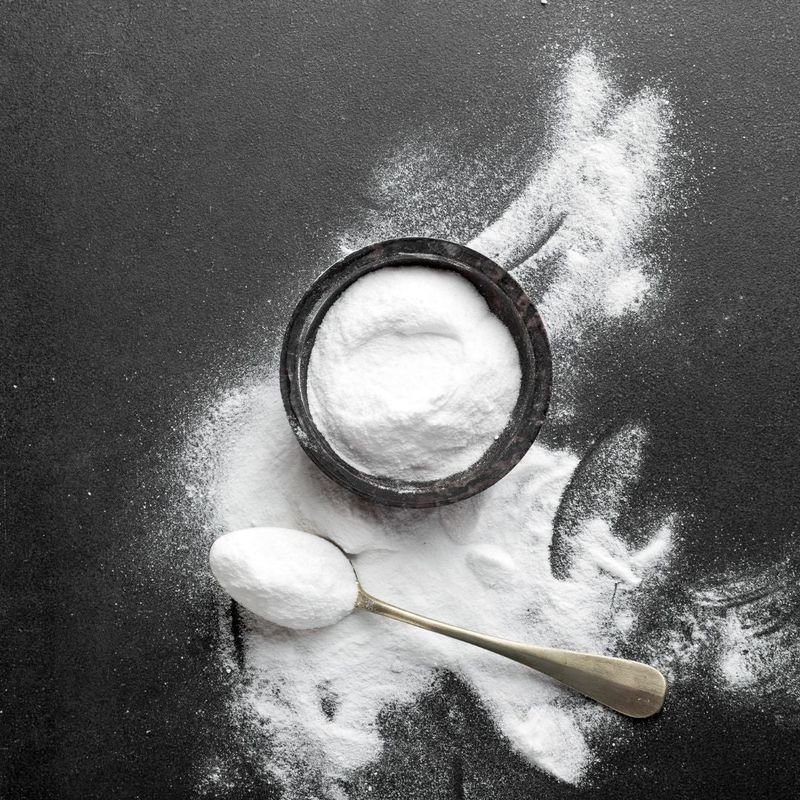
Using fresh baking ingredients is crucial for successful baking. Old or expired baking soda and powder can lead to flat or dense cakes. Check expiration dates regularly and replace as needed to ensure proper leavening. Fresh ingredients react more efficiently, resulting in a better rise and texture. This simple attention to detail can significantly impact your cake’s outcome. Keeping your pantry stocked with fresh essentials is a key practice for any dedicated baker. It aligns with the fundamental principles of baking, ensuring that your cakes turn out soft and delightful every time.
12. Simple Syrup for Moisture
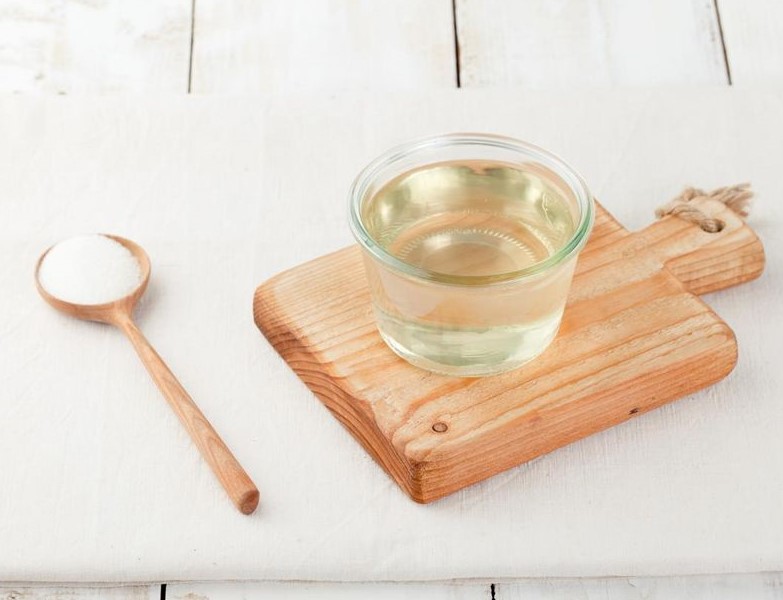
Brushing cakes with simple syrup is a tried-and-true method to ensure moisture. This syrup, made from sugar and water, penetrates the cake layers, adding sweetness and hydration. By adding simple syrup, you can lock in moisture, especially in cakes prone to drying out. It’s a versatile technique that can be flavored with extracts or citrus for added zest. Apply the syrup evenly with a pastry brush while the cake is still warm. This ensures optimal absorption and a luscious, tender crumb.
13. Custard Powder for Softness
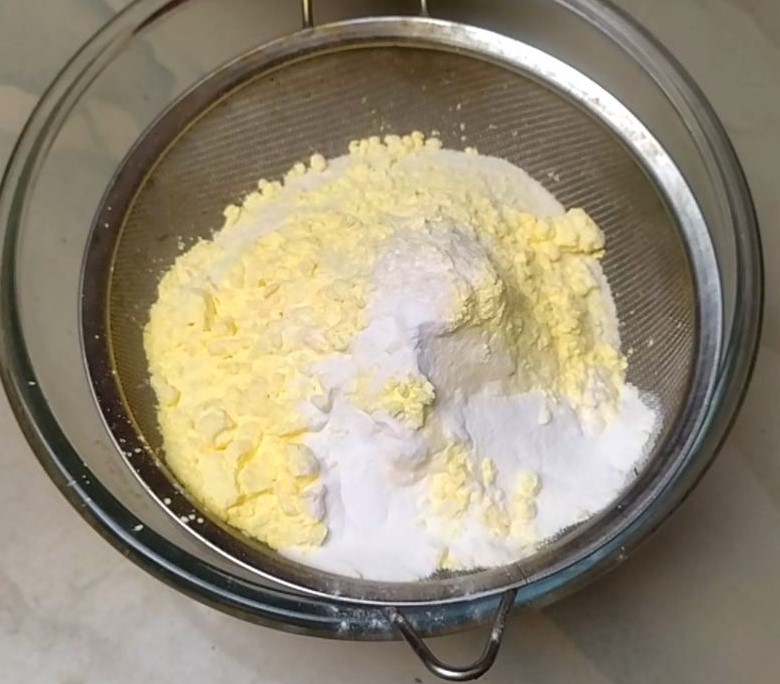
Adding custard powder to cake batter can enhance its softness and flavor. This ingredient thickens the batter slightly, leading to a tender crumb. It’s an unexpected addition that can surprise your taste with its creamy effect. Often used in Victorian sponge cakes, custard powder adds flavor without overpowering the cake’s essence. Mixing a few tablespoons into your batter can transform ordinary cakes into soft delights. It’s a vintage trick that remains relevant, offering a fun twist to traditional recipes. Explore this option to add variety to your baking adventures.
14. Experiment with Spices
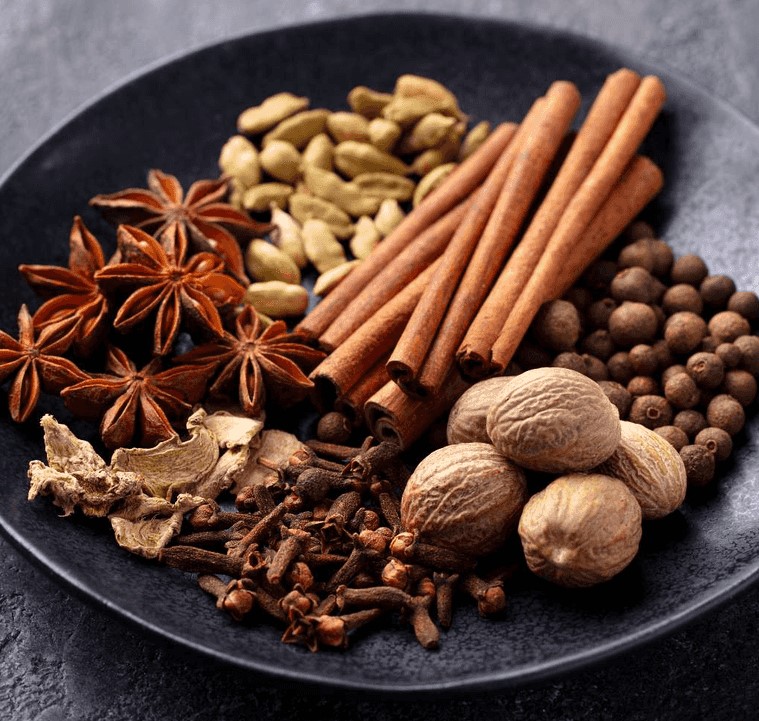
Spices add depth and warmth to cakes, making a multifaceted flavor experience. Cinnamon, ginger, and nutmeg are popular choices that complement sweet flavors. Adding spices can also enhance the perception of moisture in a cake. Be bold in experimenting with different combinations to find what works best for you. A pinch of spice can transform a simple cake into a delightful treat, adding complexity without overwhelming the taste. It’s an approach that encourages experimenting, allowing you to tailor your cakes to your preferences. Embrace spices to make your cakes delicious and sweet.
